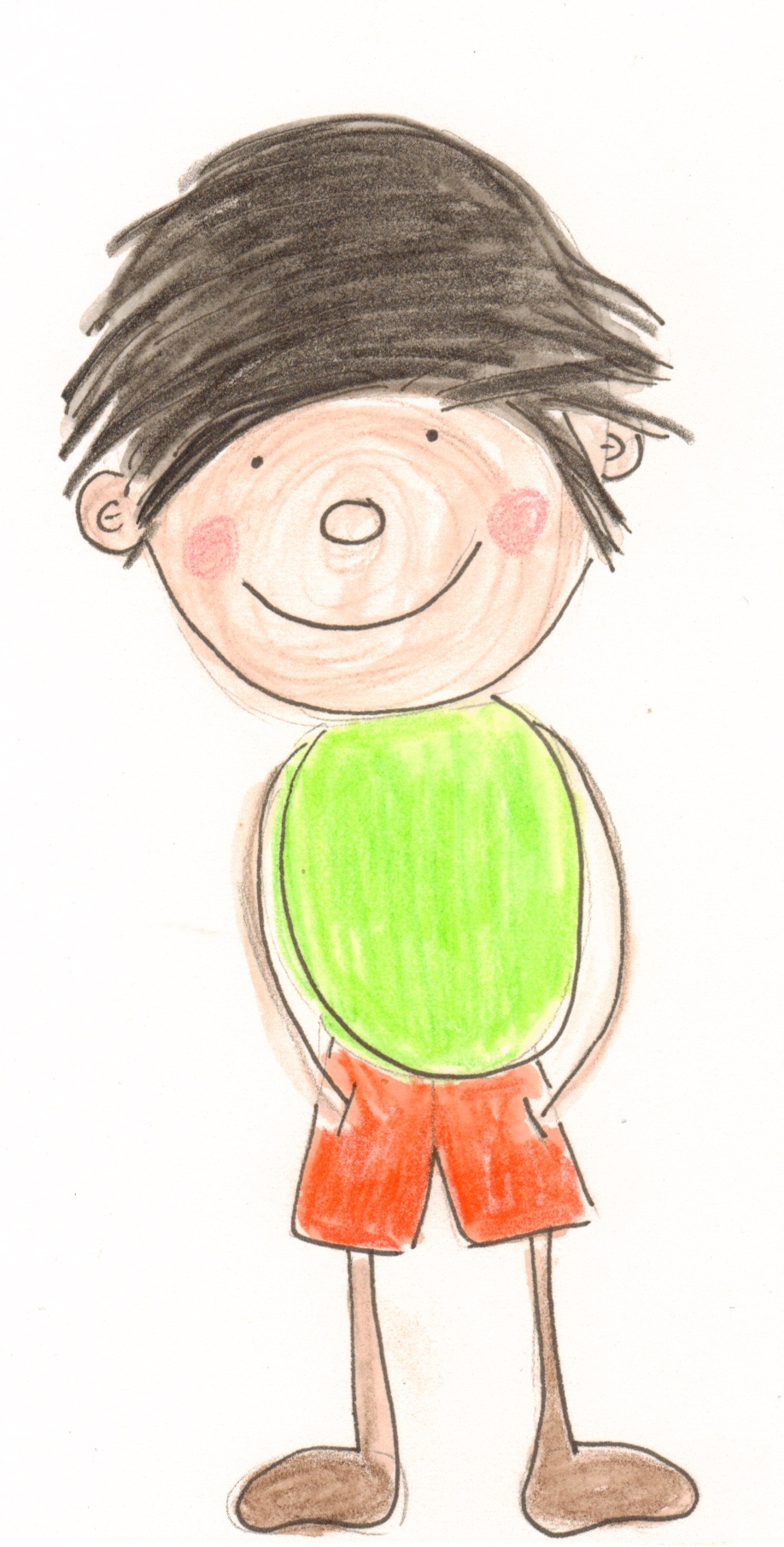Practical Tip When It Comes To Settling In A New International Group
Preparation: Collect information to give you an overview (age, gender, nationality, languages). Contact the families in advance: greet the families via e-mail, send invitations, make first phone calls, invite parents to an introductory parent evening to clarify initial questions, to take care of the worries and to discuss organizational matters. Ask Families to send pictures of the child, both individually and with their families in advance to help making a welcoming classroom environment.
*Home visits were a new implementation through this study and were done one month to a few days before the children settled in. This was found to give the children and families a lot more comfort having been met in their environment by 2 to 3 members of their new education team. This would have helped Dominik’s family a lot, to answer any of their questions face to face in their own home before he began his settling-in.
Becoming a Team: The education team must have time to communicate before they meet families and more time to discuss their dynamic as a team before settling in the children. If a group of educators is not on the same page or has highly differing ideals/concepts of what settling in or forming relationships with children and teachers is then it will make functioning as whole very difficult. Educators should take time to sit together and discuss their own pedagogies, the words and phrases they prefer to use with children in moments of discipline and moments of frustration, as well as their strengths and goals. They then need to take time to plan their settling in schedule, how they plan to implement it so that everyone is an equal in their eyes as well as in the parents’ eyes. It is important to present a united and equal front to the families so that they know that they can discuss their child with any member of the education team.
Let the families prepare: Let them know to talk at home about starting kindergarten, read children's books about starting kindergarten, be in the right mood, create rituals, collect everything the child needs for the kindergarten, give the child support with a familiar item from home, stop breastfeeding, etc. *Food Suggestions by the educators of food the be eaten at the kindergarten could be given to Dominik’s family so that they would be able to start making and eating this food together at home before coming in for the first time. Inform the parents that it is very important to know that when they do step out of the room, when they return to their child it is always time to go. It is unhealthy for the child during the settling in to get used to playing with their parent in the room once they have been picked up. Be sure to clarify to the parents that once they come back from their separation, they say get their child and say goodbye.
Plan your settling ins - but stay flexible: The settling in model has been widely discussed and while some educators prefer to split up the children by age or by language, it is important to keep in mind that children will choose who they are comfortable with, as will parents in the beginning of the year. Families who are familiar with the most commonly spoken language of the region may initially feel more accepted by educators speaking/understanding the same. However, this does not mean that educator is the child’s favourite. The goal is to make it so that the child and the parents feel comfortable with the entire educating team within the first month, so the most important thing is that all educators show the family that they are equally there for them.
Building Healthy Relationships: With the sensitive ages worked with in a kindergarten it is important that the educators straddle a fine line between educator and caretaker. Being open and understanding to the needs of the children and parents is key, however, in forming a relationship with a child, educators must be careful to maintain a healthy relationship. If they provide too much of the love and affection the way parents might, this could make the settling in, as well as the following years, very difficult. The wonderful thing about being an educator is the ability to provide an environment that supports capability and self-efficacy. Young children need to feel cared for and loved, and in the educational kindergarten environment this involves providing the children’s needs without crossing the line into a parental role. This can be tricky, however, children who feel supported by their educators will be more inclined to separate from them and explore/play verses sit in their laps the entire time they are settling in. It is important to use the tools and toys in the classroom to help the children feel confident to play on their educator’s lap, and then scaffolding next to their educator and then perhaps across the room from them. Educators must educate themselves on what the fine line is and know how to appropriately show support, respect and love to the children (See Pedagogical vs. Parental Love for more information).
Organize your settling in time - but, again, stay flexible: Implementing the new settling in ideas involved some teams starting with 1 child at a time, splitting them up throughout the day (for example 3 children 9:00, 10:30, 14:00). Others involve half a group of children in the morning, half an hour later, bringing them all together after day three. There are benefits to both approaches, the most important is that the children and parents feel supported. One child might easily settle in and be comfortable with the whole group by day 4, where as a child like Dominik may require more one on one time with teachers before being without his parents in a large group. For Dominik’s family, his mom may need to meet with the team and discuss how settling in is going. Before he settled in, it would have been necessary to say that she will be asked to step out for a short amount of time, and when the teacher says this, she must say goodbye. This could help prepare her for it and give the educators more of an opportunity to control the situation and make it better for Dominik.
Room Design: Create opportunities for retreat, provide game stimuli, design a drawer for the children with name, symbol and photo in advance (so the families feel welcome, are able to orientate themselves and gain a sense of belonging), look at the room from the height of a child. Have pictures of the children in the classroom before they come in, as well as a family photo wall. Birthdays with pictures is always a good idea and something on the door to help the child feel welcome.

